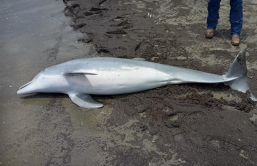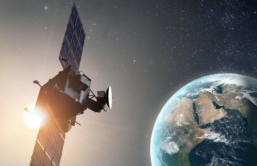The Cryosophere released their journals that ice melt continuously all over artic region.
"These spring and fall transitions bound the period when there is good ice habitat available for bears to feed. Those periods are also tied to the breeding season when bears find mates, and when females come out of their maternity dens with very small cubs and haven't eaten for months," said co-author Kristin Laidre of the University of Washington's Polar Science Center. Ecowatch reported.
Laidre explained that the ice platform is where the polar bears hunt for survival. They get nutrients on eating seals. But as the platform melts, they are not able to hunt because polar bears do not know how to swim.
Hence, the scarcity of food is high and bears do no know how to conserve their energy to survive the summer season. Together with Harry Stern, principal mathematician at the PSC, they used 35 years satellite to observed and studies the sea ice in the Artic. They computed the dates when the sea ice melts in Artic spring and advance in autumn including during summer.
"We expect that if the trends continue, compared with today, polar bears will experience another six to seven weeks of ice-free periods by mid-century," said Laidre further explains
As reported by nature.com, United States, Canada, Greenland, Norway and Russia adopted a 10-year circumpolar action on polar bear conservation last 2015. According to Dag Vongraven of the Norwegian Polar Research Institute in Tromsø, they plan to use common measurements for habitat change and put all the efforts for the conservation.
The Artic lost faster on the first ten days of September. The ice platform lost 34,100 square kilometers compared to 1981-2010 long-term average of 21,000 square kilometers. The impact two cyclones last August behind the ice loss in Chukchi Sea.








